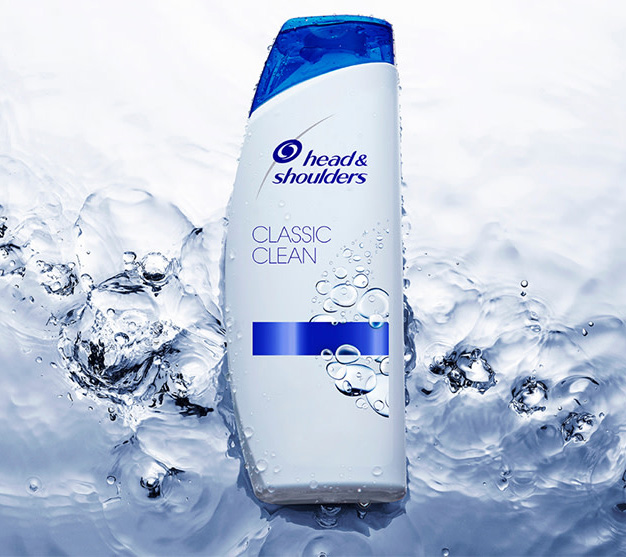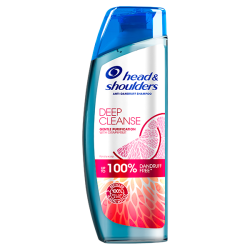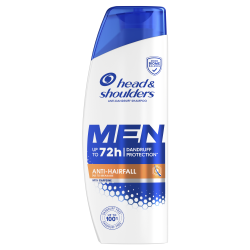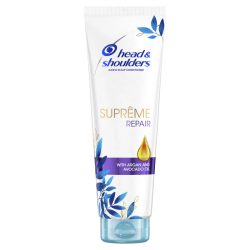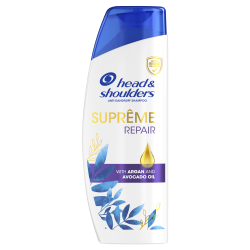Shampoo for seborrheic dermatitis: all you need to know
- In this article:
- Go to sectionWHAT IS SEBORRHEIC DERMATITIS?
- Go to sectionWHAT CAUSES SEBORRHEIC DERMATITIS?
- Go to sectionWHY ARE SOME PEOPLE MORE PRONE TO SEBORRHEIC DERMATITIS THAN OTHERS?
- Go to sectionDON’T FORGET HORMONES…
- Go to sectionHOW TO SPOT THE SYMPTOMS OF SEBORRHEIC DERMATITIS
- Go to sectionSEBORRHEIC DERMATITIS SHAMPOO
- Go to sectionPOPULAR TREATMENTS FOR SEBORRHEIC DERMATITIS
- Go to sectionSEBORRHEIC DERMATITIS TREATMENT: HOW TO TREAT SEBORRHEIC DERMATITIS?
- Go to section3 MIN QUIZ: WHAT IS YOUR HAIRCODE?
Take our quiz to get a free scientific debrief of
your hair type and personalized list of products.
If you’re suffering from dandruff that seems worse than usual, you might actually have seborrheic dermatitis. Find out more about it, and how to treat it, here.
Like dandruff, seborrheic dermatitis affects your hair and scalp, but to a far greater degree.
In fact, that’s not the only thing that seborrheic dermatitis has in common with dandruff.
WHAT IS SEBORRHEIC DERMATITIS?
Essentially, seborrheic dermatitis is a far more severe form of dandruff, sharing most of the symptoms, but also including:
severe flakes attached to the scalp (also called “scaling”)
yellowish flake scales that can be oily
inflamed areas on the scalp
symptoms can appear on other body areas, like the face, chest, or back
WHAT CAUSES SEBORRHEIC DERMATITIS?
Like dandruff, seborrheic dermatitis is caused by a microbe that occurs naturally on all of our heads.
This microbe, called Malassezia globosa, can be harmless. About half the population, however, has a sensitivity to a substance it makes called oleic acid.
Typically, this leads to dandruff – but among people who are very sensitive to oleic acid, it can trigger seborrheic dermatitis instead.
The scalp’s natural reaction is to rapidly increase the production of new skin cells, which build up in clumps on the scalp and become visible flakes.
Seborrheic dermatitis can’t be cured – it’s what we call a recurring condition – but usually it can be easily and effectively managed with the right products and routine.
WHY ARE SOME PEOPLE MORE PRONE TO SEBORRHEIC DERMATITIS THAN OTHERS?
It’s mostly down to genetics…
Some of us are simply more likely to have scalp problems if it’s in our genes to be more sensitive to the oleic acid produced by Malassezia.
People with particularly high oil production might be more likely to suffer from seborrheic dermatitis too, as more oleic acid is produced from the sebum.
DON’T FORGET HORMONES…
Dandruff and seborrheic dermatitis can also flare up during hormonal changes, for example during adolescence or at particularly stressful times.
HOW TO SPOT THE SYMPTOMS OF SEBORRHEIC DERMATITIS
It’s often difficult to tell whether your symptoms are dandruff or the more severe form of it, seborrheic dermatitis.
Here’s what to look out for:
more severe flakes
white/yellowish scales – these tend to be more oily than dandruff flakes
red, inflamed patches on the scalp
SEBORRHEIC DERMATITIS SHAMPOO
What exactly makes a shampoo effective in treating seborrheic dermatitis? We look at the active ingredients that help fight against flakes and other symptoms.
POPULAR TREATMENTS FOR SEBORRHEIC DERMATITIS
Medicated shampoos that you can buy over the counter normally contain one of these 5 ingredients:
Salicylic Acid
Selenium Sulfide
Zinc Pyrithione (ZPT)
Ketoconazole
Coal Tar
SEBORRHEIC DERMATITIS TREATMENT: HOW TO TREAT SEBORRHEIC DERMATITIS?
Treating dandruff is simple: simply use a good anti-dandruff shampoo regularly, like Head & Shoulders, formulated to fight dandruff and calm your scalp. Seborrheic dermatitis needs more powerful measures, so you’ll want to talk with your dermatologist about a treatment plan. If you’re not sure whether you have a tough case of dandruff or seborrheic dermatitis, a powerful dandruff shampoo is a good place to start. You will need a shampoo that contains the right active ingredients and that doesn’t leave your hair dry or smelling medicated.
Try using Head & Shoulders Clinically Proven Solutions shampoo with 1% selenium sulphide – it’s designed to treat persistent dandruff.
Start by washing exclusively with the shampoo for 2-3 weeks. If you have stubborn dandruff, you should really notice a difference. Continue using it regularly, since it is a chronic condition that will come back if treatment stops.
If these steps don’t bring relief, consult with your dermatologist; you may have seborrheic dermatitis or another condition that requires a different treatment
Our Clinical Strength Shampoo contains selenium sulfide, proven to be effective and safe in the long-term treatment of seborrheic dermatitis.
It fights flakes better than shampoos with other active ingredients, targeting the root cause of dandruff, and helping prevent scalp irritation.
* visible flakes with regular use, vs. OTC dandruff shampoos with non-selenium sulfide actives
3 MIN QUIZ: WHAT IS YOUR HAIRCODE?
Take our quiz to get a free scientific debrief of
your hair type and personalized list of products.



